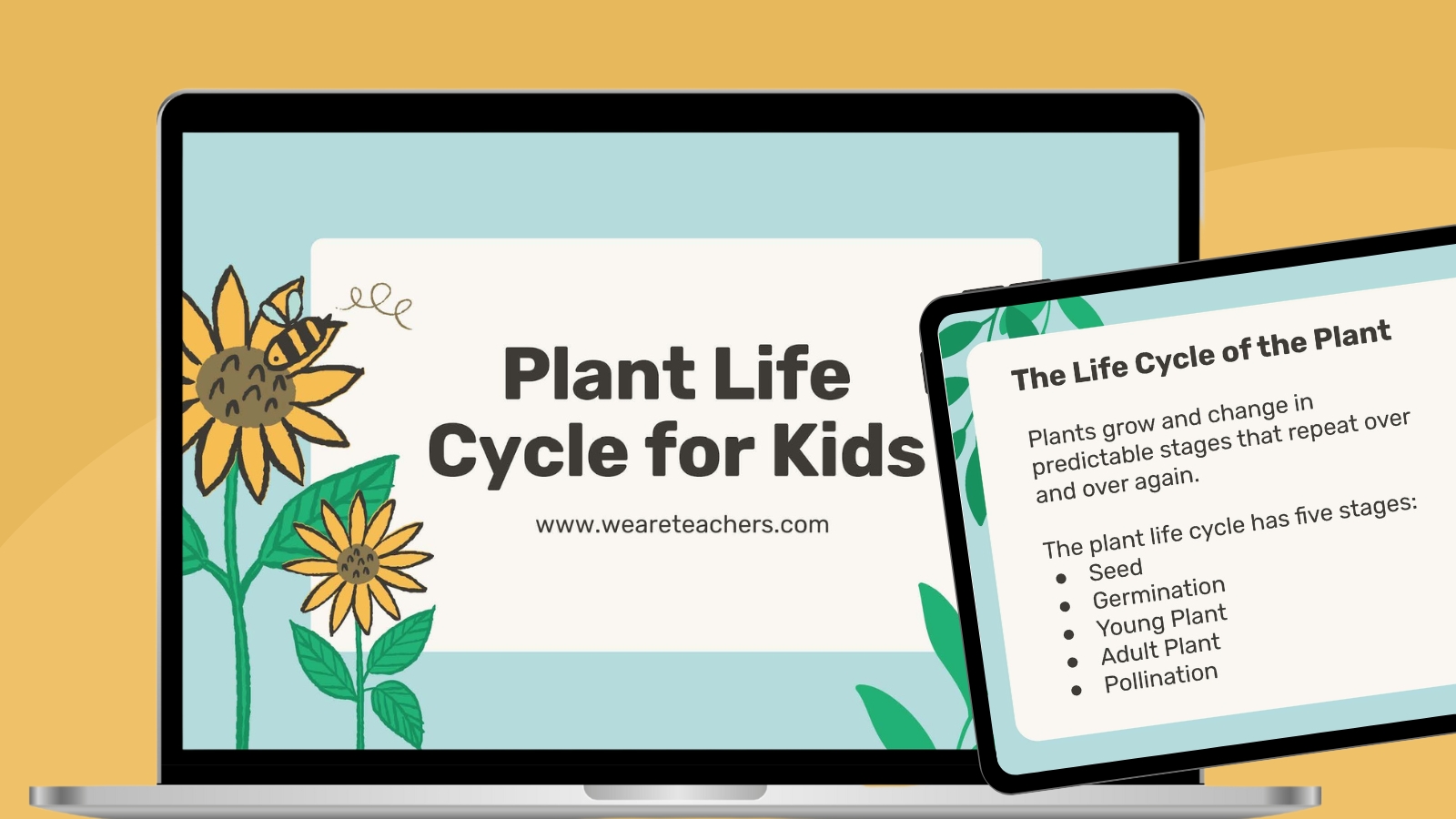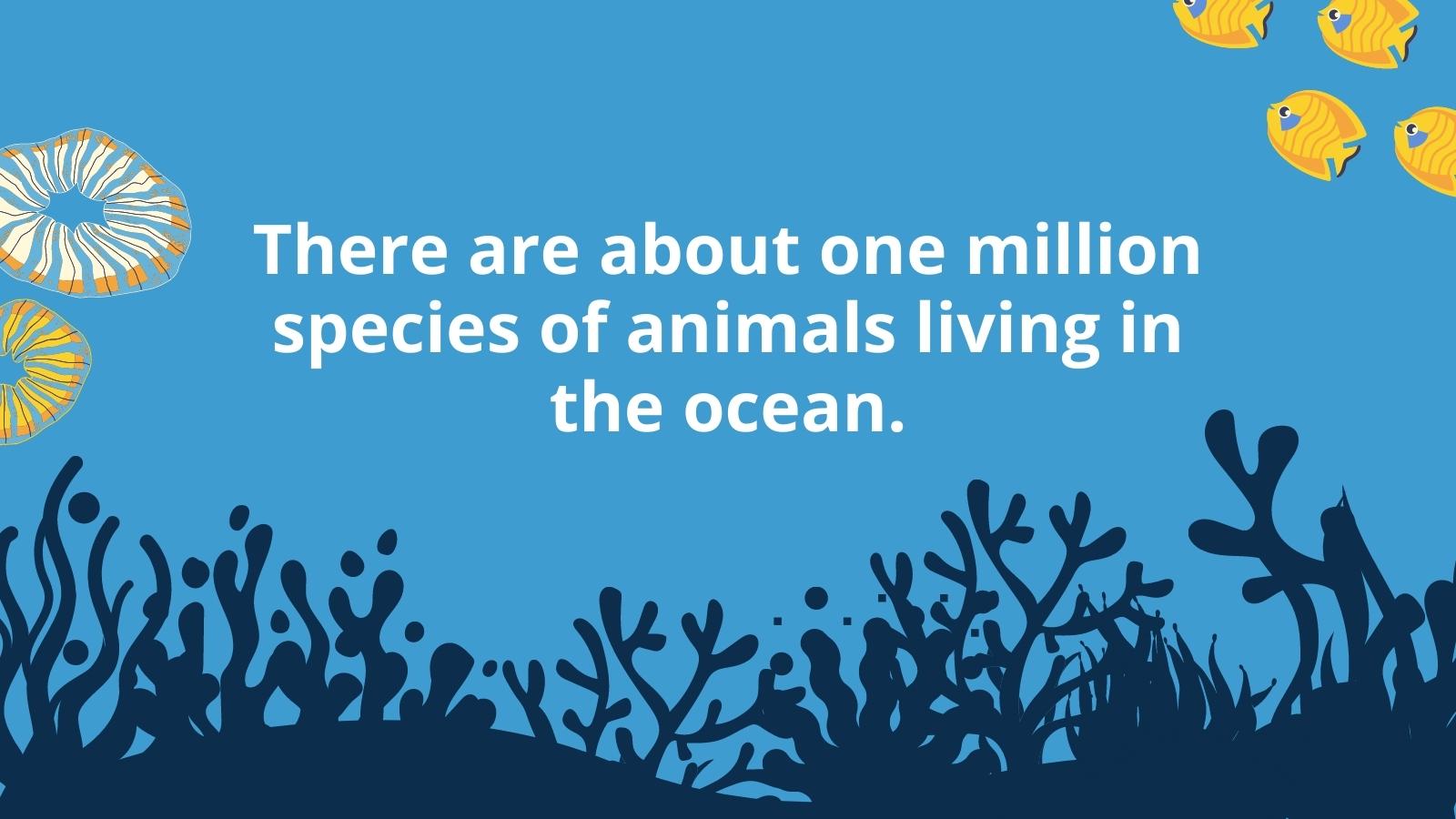Learning about life cycles helps kids understand how the changes living things go through in their lives form a predictable pattern. It makes sense that plant life cycles are a key science concept across various grade levels. There are hundreds of thousands of different plant species, but the magic of the plant life cycle stays remarkably consistent. We pulled together a handy list of plant life cycle resources, including explanations, videos, images, and books to help you cover this foundational science topic in your classroom, whether you’ve got the greenest thumb around or are a plant-life newbie.
Be sure to enter your email address on the form on this page to grab our free Google slideshow about the life cycle of plants to use in your classroom.
Jump to:
Plant Life Cycle Explanations for Kids
What stages are in the plant life cycle?
Plants grow and change in predictable stages. Like all living things, plants are designed to reproduce, or to make more of themselves. This can only happen when the plant has the right conditions to move through its life cycle. A plant life cycle, like any life cycle, repeats over and over again.
The plant life cycle has five stages: seed, germination, young plant, adult plant, and pollination. A plant starts as a seed. When the seed starts to grow, that’s germination. A young plant, or seedling, grows a stem and grows leaves to make its own food. It keeps growing to become an adult plant. An adult plant gets ready to make more seeds, often by growing flowers. When these flowers are pollinated, they can produce new seeds. The life cycle can begin again.
How does seed germination work?
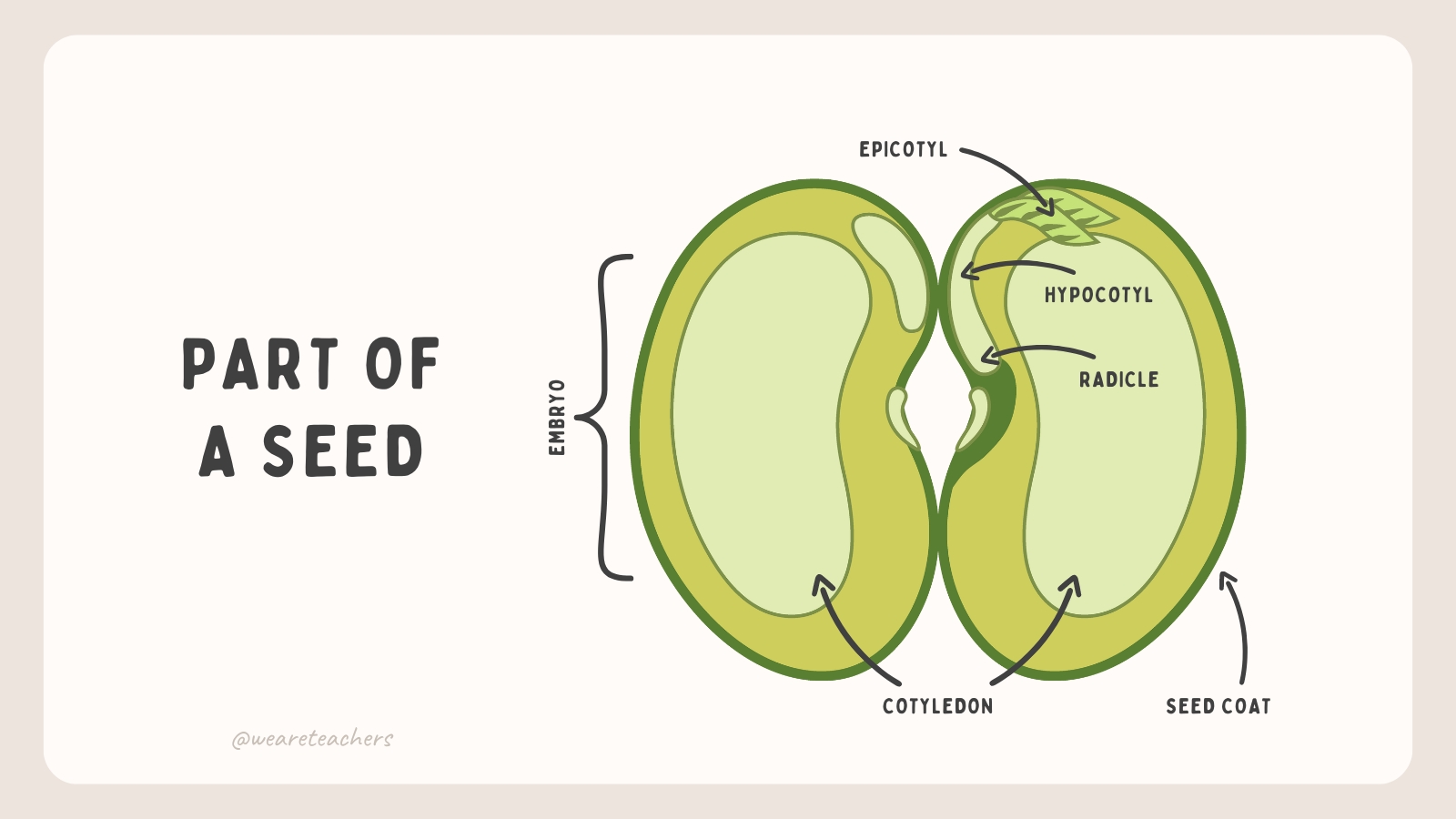
There are so many kinds of seeds in the world. They can be different colors, sizes, and shapes. Each plant grows from its own kind of seed. But all seeds have the materials stored inside of them to grow into a new plant.
The seed coat protects the seed. Inside the seed coat is a baby plant, or embryo, and enough food for the seed to use until the plant grows leaves.
With the right conditions for the type of seed, germination happens. (Different types of seeds need different amounts of water, light, and warmth.) The seed coat bursts open as the seed “wakes up.” It starts to grow roots going downward and a sprout going up, toward the light.
What do plants need to grow?
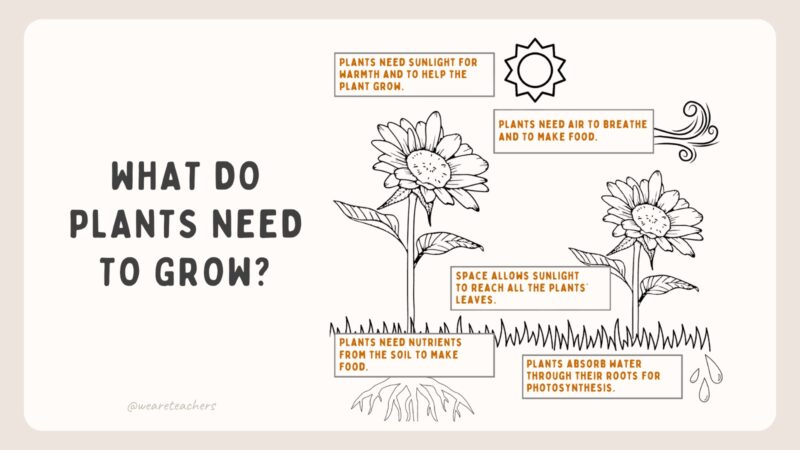
Once a sprout grows leaves, the plant can make its own food. It uses water, sunlight, and carbon dioxide from the air to do this. This is called photosynthesis. “Photo” is a Greek prefix that means “light,” and “synthesis” means “to put together.”
To continue to grow, plants need the right amount of sunlight, water, nutrients (usually from soil), carbon dioxide gas from the air, enough space, and the correct temperature.
Adult plants grow the parts they need to reproduce, or make more of themselves. Often this means they grow flowers.
What is pollination?

To be able to reproduce, flowering plants must get pollen from the male part of a flower to the female part of a flower. This is called pollination, and it happens with the help of pollinators. Pollinators are insects or other animals, like birds and bats, that move pollen around.
Pollination helps both plants and pollinators. Pollinators drink nectar from plants. Nectar is a sugary liquid that plants make. While pollinators drink, pollen sticks to their bodies. When they move, they take pollen with them, often to another flower.
When a flower gets pollinated, the adult plant can produce new seeds. Then the plant life cycle can start again!
How do seeds travel?
Pollinated plants produce many, many seeds. In nature, all of those seeds wouldn’t have enough space to grow right next to each other. Plants in nature depend on seed dispersal, or spreading, for seeds to move to new places where they can grow.
The wind spreads some seeds. Animals also move seeds. Seeds might stick to animals and be carried to another place. An animal might collect and bury a seed, like a squirrel burying an acorn, and then forget about it. Animals might also eat seeds and leave them somewhere else when they defecate.
Plant Life Cycle Videos
Showing videos is a great way to speed up the plant life cycle observation process! These are great choices for introducing concepts or solidifying student learning. (Confession: We could watch plant time-lapse videos all day long—so mesmerizing!)
Plant Life Cycle Books
You’ll definitely want to include some plant-themed read-alouds in your study of plant life cycles. Here are some faves for various ages:
Plant Life Cycle Lessons, Activities, and Printables
When it’s time to let kids grapple with all that plant life cycle knowledge for themselves, we’ve got you covered with lots of options.
Plant Life Cycle Printable Worksheets
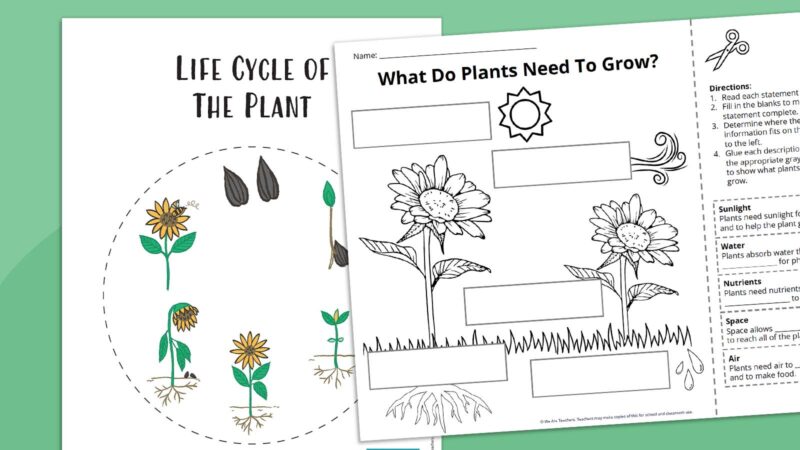
Simplify your lesson planning with quick, no-prep activities for all ages. The free printable Plant Life Cycle Bundle includes:
- Plant life cycle wheel
- Cut-and-paste plant life cycle diagram
- Reading comprehension worksheet
- Visual diagram of the things plants need to grow
- Graphic organizer for observing plant growth over time
Get Your Free Plant Life Cycle Printables
Plant Life Cycle Activities
This amazing list of activities includes everything from low-prep seat work to class art and gardening projects.
Check out our list of Plant Life Cycle Activities.
More Plant-Themed Resources
5 of the Best Classroom Plants (Even if You Don’t Have a Green Thumb)
Clever Ways To Bring Gardening Into the Classroom
How Students Use a School Garden To Grow Food for School Lunches
Grab your free Plant Life Cycle for Kids Google Slides
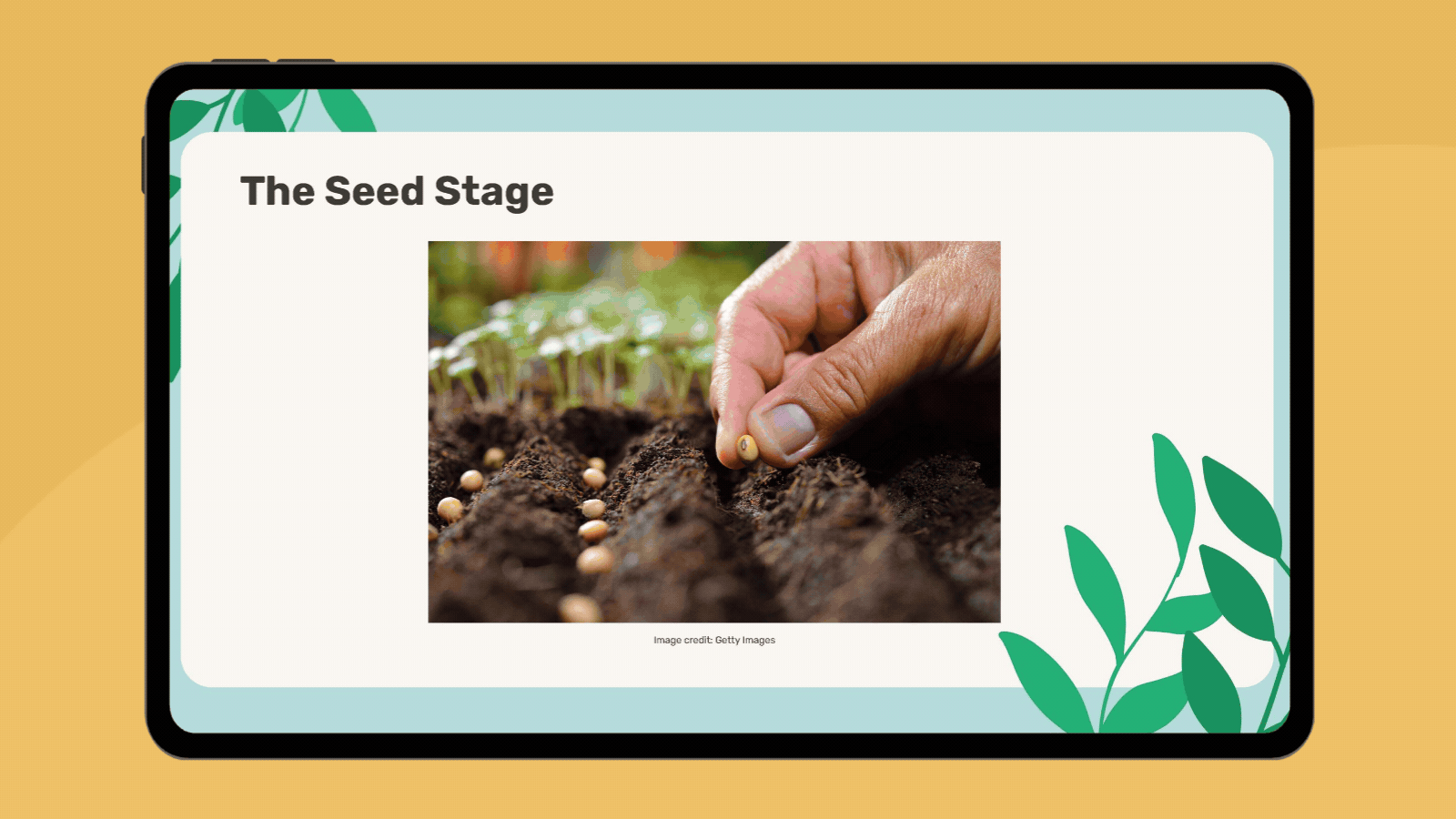
Just click the button below to fill out the form and get instant access to free downloadable Plant Life Cycle for Kids Google Slides featuring all of the information and images on this landing page.

